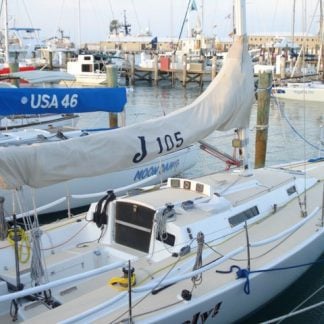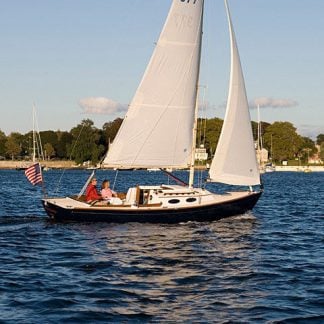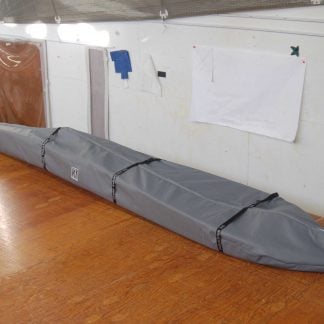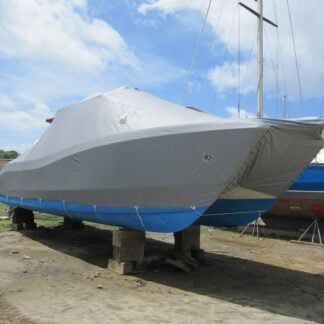MAR 21, 2025
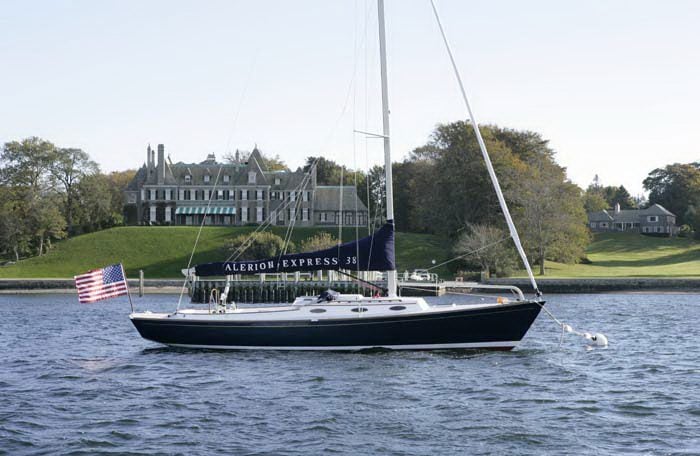
Smart fabrics are transforming various industries, including fashion, healthcare, and the marine sector. With ongoing technological advancements, we are witnessing innovative fabric designs tailored for marine environments. These fabrics feature embedded technologies that enhance performance, functionality, and safety. In this article, we will explore the future of smart fabrics in marine applications.
What Are Smart Fabrics?
Smart fabrics, also known as e-textiles or intelligent textiles, are materials that can respond to external stimuli such as heat, light, or moisture. They are often integrated with sensors, conductive fibers, or other technology that allows the fabric to change its properties, communicate data, or perform specific functions.
In the marine industry, smart fabrics are being designed to address the unique challenges faced by boats, yachts, and other vessels. These challenges include exposure to harsh environmental conditions, the need for durability and water resistance, and the desire for enhanced safety features.
Current Applications of Smart Fabrics in Marine Environments
While the use of smart fabrics in the marine industry is still in its early stages, several applications have already emerged:
- Weather Monitoring: Smart fabrics with built-in sensors can monitor weather conditions, providing real-time data on temperature, humidity, and wind speed. This can be valuable for boaters who need to stay informed about changing weather conditions while on the water.
- Temperature Regulation: Some smart fabrics are designed to regulate temperature by adjusting their properties based on external conditions. These fabrics could be used in clothing, upholstery, or boat covers to keep passengers comfortable, even in extreme temperatures.
- Energy Generation: Solar-powered fabrics are one of the most exciting innovations in smart textiles. These fabrics are embedded with photovoltaic cells that can capture sunlight and convert it into electricity. On a boat, solar-powered fabrics could be used to power lights, electronics, or even small appliances, reducing the need for traditional energy sources.
- Improved Durability: Smart fabrics can also be engineered to improve the durability of boat coverings, sails, and upholstery. For example, fabrics with self-healing properties can repair small cuts or tears, extending the lifespan of the material and reducing maintenance costs.
What’s on the Horizon for Smart Fabrics in the Marine Industry?
The future of smart fabrics in marine applications looks incredibly promising. Here are a few trends and innovations to watch for:
- Integration with IoT (Internet of Things): As the Internet of Things (IoT) expands, more smart fabrics will be connected to other devices on board. This could include systems that monitor the boat’s condition, such as the hull, engine, or electrical systems, and alert the captain to potential issues.
- Wearable Technology: The integration of smart fabrics with wearable technology is another area of growth. Smart clothing and accessories, such as jackets with built-in communication systems or life jackets with embedded sensors, could help improve safety and communication on the water.
- Enhanced Water Resistance: Future smart fabrics may incorporate advanced water-repelling technologies that make them even more resistant to water, mold, and mildew. This would be especially useful for boat covers, sails, and upholstery, which are regularly exposed to water.
- Biodegradable Smart Fabrics: As the demand for eco-friendly materials grows, the development of biodegradable smart fabrics is on the horizon. These fabrics could combine the performance benefits of smart textiles with environmental sustainability, offering a green alternative to traditional materials.
Conclusion
The potential for smart fabrics in marine applications is vast, and the innovations on the horizon are exciting. From weather monitoring and energy generation to self-healing materials and improved durability, smart fabrics are set to change the way we think about marine fabrics. As technology continues to evolve, the future of smart fabrics in the marine industry looks bright, offering new possibilities for safety, performance, and sustainability.

